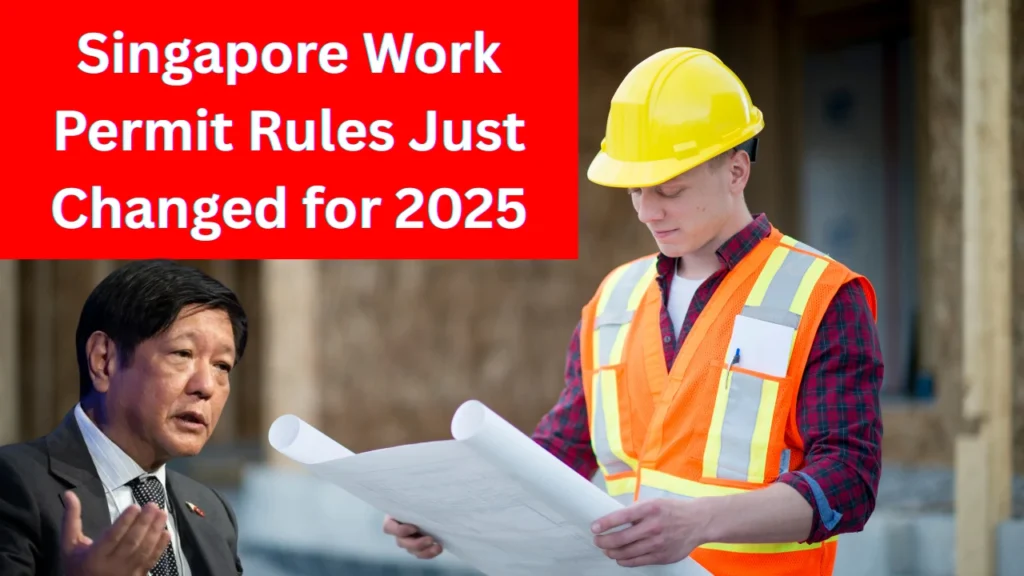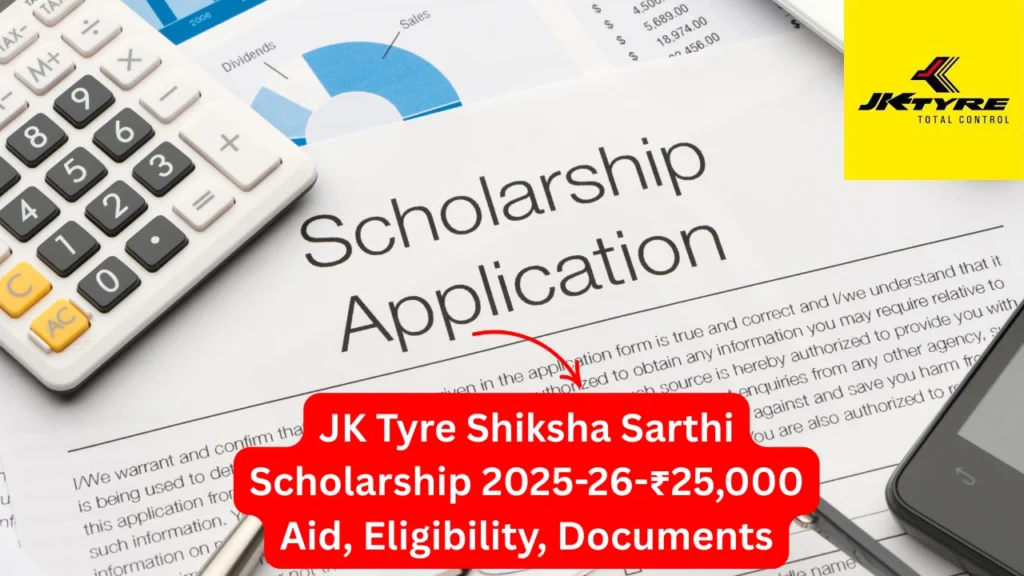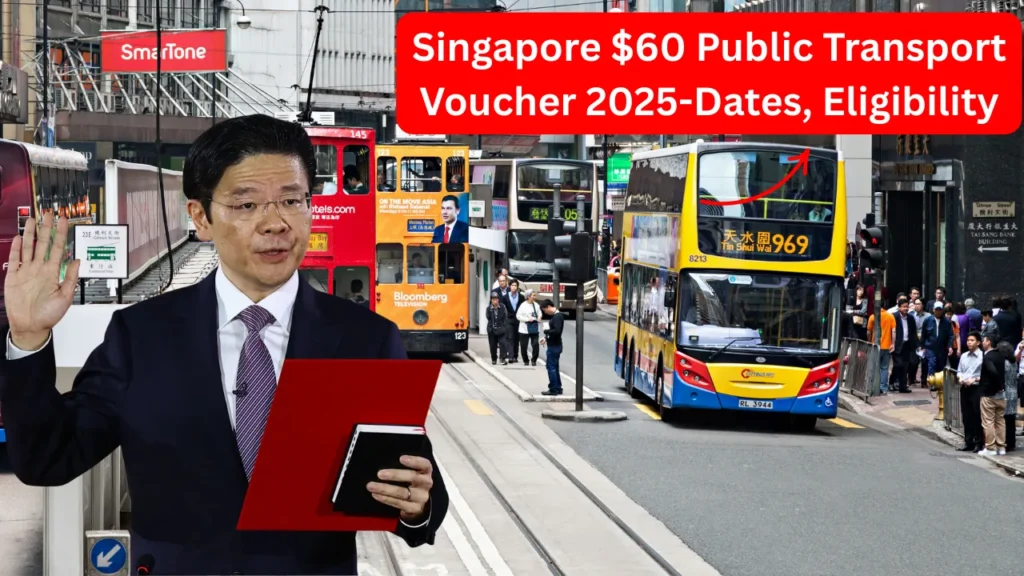Singapore aims to balance two needs at once: keep the door open for qualified foreign talent and grow a resilient local workforce. The Singapore Work Permit pathway remains available, but it no longer rewards low-skill, low-wage hiring. New rules favor applicants with job-relevant training, proven experience, and employers who invest in local recruitment before turning overseas. The result: fewer blanket applications, more targeted roles, stronger pay and skills.
This shift supports industry productivity and long-term competitiveness. It also nudges companies to upgrade roles, raise wages where needed, and document why a foreign professional fits a vacancy when local searches fall short.
Singapore Work Permit Rules Just Changed for 2025
| Topic | What You Need to Know |
|---|---|
| Policy shift | Singapore moves from volume hiring to skill- and quality-first recruitment in 2025 |
| Salary floors | Higher minimum pay for key sectors such as construction, marine and manufacturing |
| Age criteria | Applicants must be under 50 and show relevant training or qualifications |
| Skills proof | Verified experience and job-linked credentials become essential |
| Employer duty | Firms must prove local hiring efforts and justify every foreign hire |
| Process | Fully digital, faster approvals for complete files; weak or incomplete files face delays or rejection |
| Goal | Protect local opportunities, raise productivity, and attract truly skilled foreign workers |

Singapore Work Permit 2025: what actually changes
1) Higher sector-specific salary floors
Key sectors such as construction, marine and manufacturing now carry higher minimum salaries for foreign hires. Employers must budget for competitive packages that reflect skill depth, safety requirements and productivity goals. This change reduces reliance on low-paid roles and signals a push toward trained, experienced workers.
2) Clear age and skills criteria
Applicants must be under 50 at the time of application. Strong weight sits on industry-linked education and verified experience. Short courses help, but the system looks for qualifications that match the job’s core tasks, plus real-world track records employers can check.
3) Stronger employer obligations
Every foreign hire needs a paper trail that shows the firm tried to source locally first. That record includes job ads, interviews, training plans, and a reasoned note on why a foreign candidate meets needs better than available local talent. HR teams must document each step, from the job description to final selection.
4) Fully online, faster approvals for complete files
The application platform moves to a streamlined digital flow. Clean submissions with all required evidence move quickly. Incomplete or inconsistent files trigger queries, delays, or rejections. Accuracy and completeness matter more than ever.
Before vs. After: Work Permit at a glance
| Element | Before 2025 | From 2025 Onward |
|---|---|---|
| Salary floors (key sectors) | Lower floors in multiple sectors | Higher floors to attract skilled talent |
| Age requirement | No fixed cap | Applicants must be under 50 |
| Qualifications | Basic/undefined acceptable in some roles | Job-specific education and verified experience |
| Employer proof | General requirement | Detailed proof of local hiring and training efforts |
| Processing | Slower, manual steps | Faster, fully online, documentation-driven |
| Workforce lens | Volume and headcount | Skills, quality, productivity |
Who benefits—and who must adjust
Employers
Firms that value skills and compliance benefit. A robust HR process that proves local outreach, tracks interviews, and stores skills evidence now becomes a competitive edge. Companies that rely on low-cost overseas hiring must rework job scopes, training, and pay bands.
Foreign job seekers
Applicants with relevant qualifications and documented experience see smoother approvals. Profiles in technology, engineering, healthcare, safety, and sustainability align well with Singapore’s quality push. Generalist profiles that lack job-linked credentials face a harder path.
Singapore Work Permit eligibility: a quick checklist
Use this as a pre-screen before building your file:
- Age: under 50
- Education: certificate, diploma, or degree that matches the job’s core duties
- Experience: letters, references, or contracts that prove hands-on work in the same field
- Skills proof: trade licenses, safety cards, or professional registrations (if relevant)
- Clean record: no false documents; full consistency across forms and CV
- Employer evidence: job ad history, local interviews, and a written justification for hiring a foreign worker
Document bundle that saves time
A tight, well-labeled folder helps your application stay on track:
- Identity & civil status: passport, current photo, basic biodata
- Qualifications: certificates, transcripts, training cards, and verification notes
- Work history: appointment letters, experience letters, pay slips, project summaries, referees with contact info
- Job mapping: short explanation that connects your skills to the exact vacancy tasks
- Employer file: job description, local recruitment log, interview notes, training plan, salary package details
Singapore Work Permit application: step-by-step
- Role scoping
Employer writes a precise job description with duties, tools, and safety requirements. Salary range aligns with the new floor for the sector. - Local recruitment
Employer posts the job locally, interviews candidates, and logs outcomes. If gaps remain, the firm documents why and moves to overseas sourcing. - Candidate pre-check
Applicant confirms age, education, and experience match the role. Any missing proof gets collected now. - Digital filing
Employer submits the online Work Permit application with all supporting documents: job ad trace, interview record, training plan, candidate credentials, salary details. - Verification
System cross-checks identity and credentials. The process runs faster for consistent files with clear evidence. - Decision
Complete, credible files see quicker approvals. Files with gaps receive a request for more information or a refusal with reasons. - Post-approval compliance
Employer completes in-country steps, onboarding, safety briefings, and record-keeping. Renewals follow the same quality expectations.
Smart moves for applicants in 2025
- Align training to the vacancy: If you aim for electrical maintenance in marine yards, show electrical trade certificates and shipyard safety cards.
- Quantify work: Add numbers—systems installed, projects completed, productivity gains.
- Prepare referees: Confirm phone and email; tell them to expect a verification call.
- Match language to the JD: Mirror role keywords in your CV—tools, software, standards—without padding.
- Clean consistency: Dates, titles, and employer names must match across every document.
Smart moves for employers in 2025
- Write sharper JDs: Define duties, standards, certifications and tools, not generic lines.
- Prove local outreach: Keep screenshots, dates, and outcomes of local interviews.
- Justify the foreign hire: Link the candidate’s skills to the job’s safety, quality, or productivity goals.
- Audit pay: Check new sector floors and keep offers competitive.
- Centralize records: Use a shared drive with version control. Consistent documentation shortens approval times.
Common mistakes that trigger delays or refusals
- Vague job descriptions that look generic or misaligned with sector norms
- Missing salary evidence or offers below sector floors
- Unverified certificates or unclear work histories
- No proof of local hiring before filing overseas
- Document mismatches across CV, forms, and letters
Fix these before pressing submit. The digital system rewards accuracy.
FAQs
Applicants must be under 50 at the time of application.
Key sectors include construction, marine, and manufacturing, with higher minimum pay to attract trained workers.
Yes, roles now expect job-linked education and verified experience. Trade certificates, safety cards, or professional registrations help.
A local recruitment record with job ads, interviews, training plans, and a reasoned note explaining why the foreign candidate fits better than available local talent.
Yes, the process runs fully online and moves quickly for complete files. Incomplete or inconsistent submissions face delays or rejections.
The 2025 update to the Singapore Work Permit framework raises the bar on skills, salary, and documentation. Applicants need age-appropriate profiles, job-linked training, and verified experience. Employers need sharper job scoping, proof of local hiring, and compliant pay. The reward for doing this right is a faster digital approval and a workforce that truly lifts safety, quality, and productivity. Prepare your documents now, align roles with sector standards, and file cleanly the first time.
Click here to learn more

John Michael Ramos is a blogger passionate about Government Schemes, Exams, Automobiles, and Trending News. His aim is to provide simple and authentic information.

